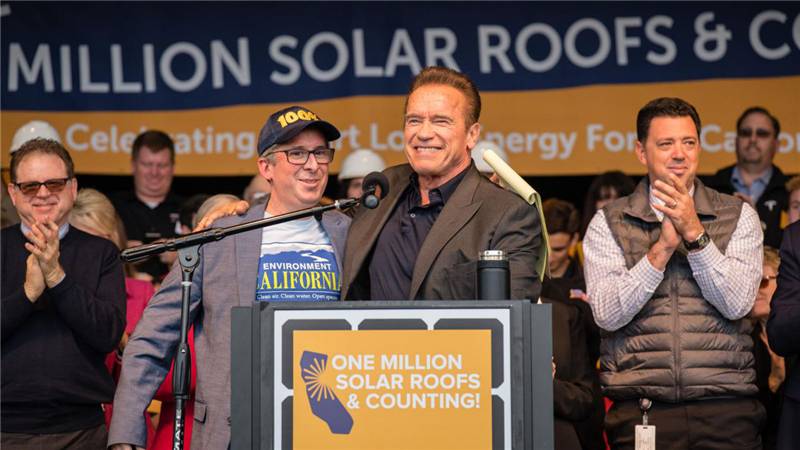In California, we’ve seen the effects of tailpipe pollution firsthand, both in the droughts, wildfires, heatwaves and other growing impacts of climate change, and in the rates of asthma and other respiratory illnesses caused by air pollution
To enjoy cleaner air and to stave off the worst effects of climate change, we need to reduce global warming pollution from California’s transportation sector. How? By transitioning away from fossil fuel-powered cars and trucks. Electric vehicles are far cleaner than gasoline-powered cars with lower emissions of greenhouse gases and pollutants that lead to smog.
California has already put a plan in motion to do that, but we need to make sure we have the infrastructure in place to make it work. That’s where charging stations come in.
Environment California’s work over the years to bring 1 million solar roofs to the state has set the stage for victory.
The state of electric vehicles in California
In 2014, then-Gov. Jerry Brown signed the Charge Ahead California Initiative into law, setting the goal of putting 1 million zero-emission vehicles on the road by Jan. 1, 2023. And in January 2018, he raised the goal to a total of 5 million zero-emission vehicles in California by 2030.
As of January 2020, California has more than 655,000 EVs, but fewer than 22,000 charging stations.
We’re making progress. But in order to avoid the worst effects of climate change, we need to put millions more EVs on the road. And in order to do that, we need to build more charging stations to keep them there.
That’s why we’re calling on Gov. Gavin Newsom to set a goal of installing 1 million charging stations in California by 2030.
Post time: Jan-20-2021

